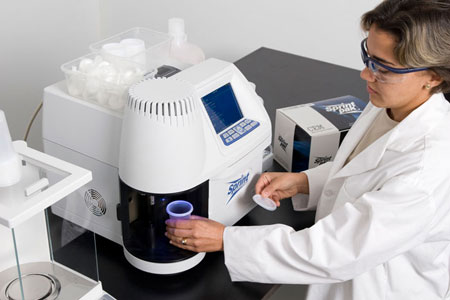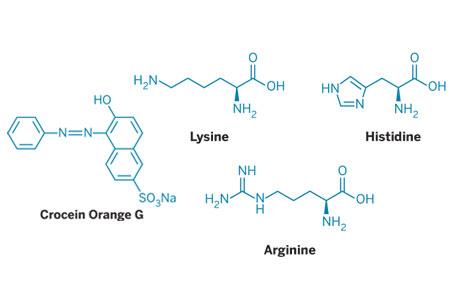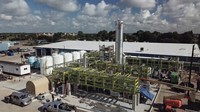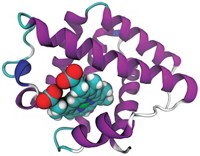Advertisement
Grab your lab coat. Let's get started
Welcome!
Welcome!
Create an account below to get 6 C&EN articles per month, receive newsletters and more - all free.
It seems this is your first time logging in online. Please enter the following information to continue.
As an ACS member you automatically get access to this site. All we need is few more details to create your reading experience.
Not you? Sign in with a different account.
Not you? Sign in with a different account.
ERROR 1
ERROR 1
ERROR 2
ERROR 2
ERROR 2
ERROR 2
ERROR 2
Password and Confirm password must match.
If you have an ACS member number, please enter it here so we can link this account to your membership. (optional)
ERROR 2
ACS values your privacy. By submitting your information, you are gaining access to C&EN and subscribing to our weekly newsletter. We use the information you provide to make your reading experience better, and we will never sell your data to third party members.
Environment
Greener Reaction Conditions Award
by Stephen K. Ritter
June 29, 2009
| A version of this story appeared in
Volume 87, Issue 26


CEM Corp.. of Matthews, N.C., nabbed the Greener Reaction Conditions Award for its Sprint Rapid Protein Analyzer and iTAG labeling chemistry. The Sprint-iTAG system permits users to selectively label proteins with an azo dye for colorimetric total protein analysis of foods, grains, animal feed, and other products. Unlike traditional protein tests, analysis using the Sprint-iTag system does not generate hazardous waste or require high temperatures and specialized glassware.
Commercialized in January 2008, the automated Sprint-iTAG system uses disposable test kits so that the operator need only weigh a sample, place it in the instrument, push a button, and wait two minutes while Sprint does the rest. The acidic sulfate group of the azo dye, Crocein Orange G, in the iTAG solution dispensed by the instrument binds only to the N-terminus of proteins and to arginine, histidine, and lysine––the three basic amino acids in the group of 20 common amino acids that make up proteins. After protein labeling, Sprint’s built-in colorimeter determines the amount of unbound dye remaining in solution and computes the protein content of the sample.
Traditional protein testing is dominated by Kjeldahl nitrogen analysis, which requires strong acids and bases along with a metal catalyst reacting for several hours at high temperature in specialized glassware. In addition, the traditional methods indirectly determine protein content by measuring total nitrogen in a sample, which can give misleading results if sources of nonprotein nitrogen are present. That nonselectivity was a major reason that in 2007 pet food in the U.S. and baby formula in China could masquerade as high-protein products when in fact they were adulterated with the poison melamine (C&EN Online, May 25).
According to CEM and EPA data, the green benefit of the nontoxic Sprint-iTAG method is its potential to replace Kjeldahl testing for quality control, product safety, and nutritional labeling applications and prevent 5.5 million lb of hazardous waste from being generated in the U.S. each year.
"The betterment of our world through chemistry and innovative technology is a goal we have worked toward since CEM was established 30 years ago," says Michael J. Collins, CEM’s president and CEO. "It is our hope that Sprint and the other scientific instruments we design will enable scientists and industry to improve their chemical processes and tests in an economical and environmentally friendly manner that will continue to be beneficial for generations to come."





Join the conversation
Contact the reporter
Submit a Letter to the Editor for publication
Engage with us on Twitter